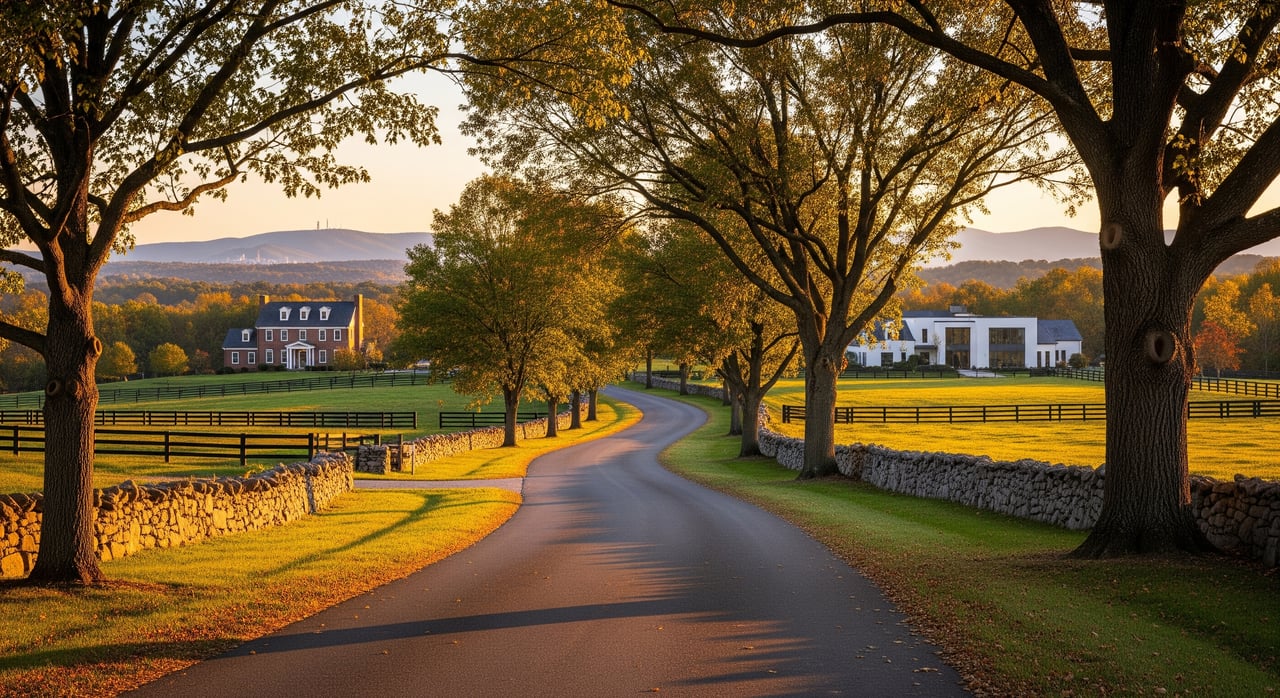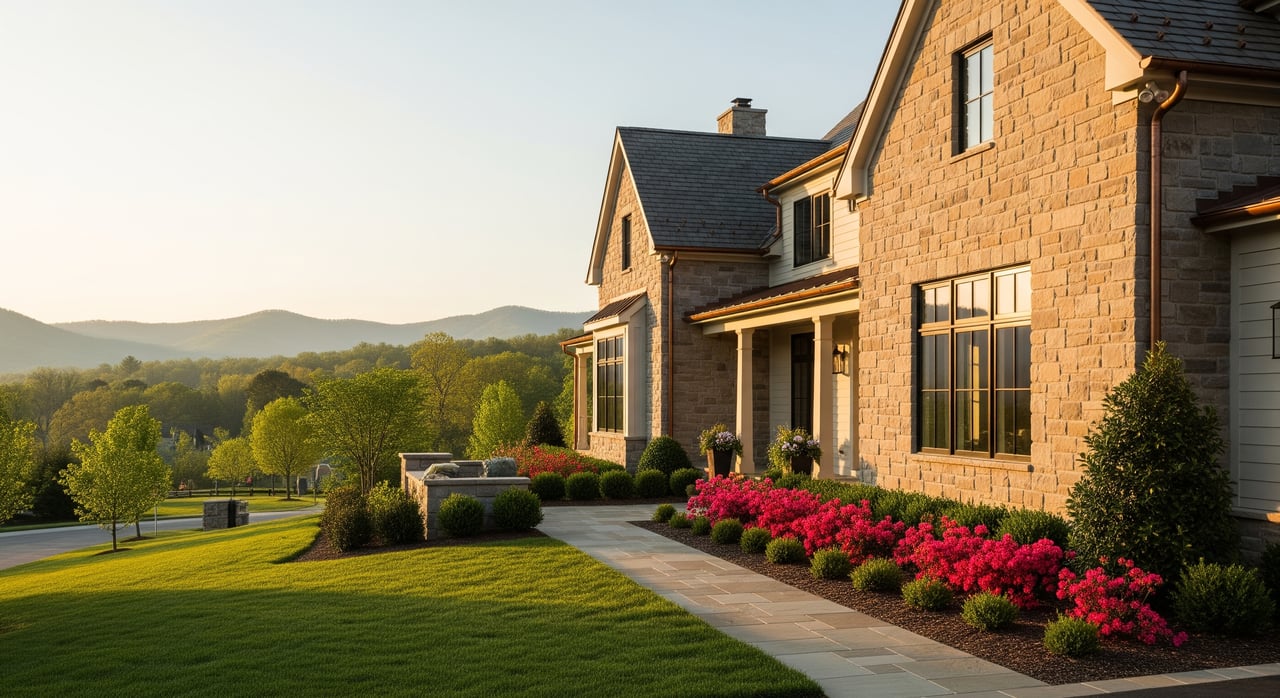Safety is an important aspect of our lives, and it is essential that we take the necessary steps to ensure that our homes are as safe as possible. Unfortunately, there are numerous dangers in the home which can be overlooked or taken for granted. In this blog post, we will explore some of the most common safety hazards in the home and offer five easy tips on how to stay safe at home. From carbon monoxide poisoning to guardrails and railings, these simple tips could potentially save your life one day! So read on to learn more about what you can do to make sure you and your family always stays safe!
1. Carbon Monoxide/Poisoning
Carbon monoxide is a colorless, poisonous, odorless, tasteless, flammable gas that isa byproduct of the incomplete burning of fossil fuels and can be deadly. Gas furnaces, gas water heaters, gas fireplaces, gas stoves and automobiles can be sources of CO and should be regularly inspected/serviced. Carbon monoxide detectors should be placed on every level of the home, within 10 feet of any bedroom and near any attached garage.
2. Smoke Detectors/Fire
Smoke detectors can sense smoke and fire through ionization or photoelectric properties. Ionization picks up fast-moving flaming fires more quickly while photovoltaic sensors pick up smoldering fires more effectively. Both technologies are available in combination units, some of which include CO sensing as well. Detectors should be located inside each bedroom, outside each sleeping area and on every level of the home, including the basement. The NFPA recommends replacing smoke detectors every 10 years.
3. Radon/Lung Cancer
Radon is a colorless, tasteless, odorless, inert gas that results from a breakdown of uranium in the earth. It is the second leading cause of lung cancer globally and the leading cause in non-smokers. The EPA recommends testing every 2 years or after renovation. It makes no difference in the type of foundation that the home has (basement, crawlspace, slab) to keep radon from entering the home. Any small cracks can allow Radon to enter.
4. Stairs/Falls
Falling down the stairs is the second most prominent cause of injury after motor vehicle accidents in the US. There are many aspects of the stairs that can be the cause of injury. Stairs should be at least 36” wide, have a maximum rise of 7 3/4” and a minimum run of 9 1/2” with a minimum nosing of 3/4” and a maximum nosing of 1-1/4.” The headroom must be 6’ 8” and the landing must be top and bottom at least the width of the stairs. Uneven risers pose a hazard as it breaks a stepping pattern that we habituate to while climbing and open risers must have an opening of less than 4”, mainly as a precaution for small children.
5. Railing and Guardrails/Falls
Railings are an important safety aspect for stairways and for elevated living spaces. Handrails on stairs are required to be 34” to 38” high at least 1 1/2” from the wall and should return to the wall to avoid catching on clothes etc. Guardrails are required anywhere you could fall more than 30.” They should handle more than 200lbs of resistance and should not have spaces wider than 4” that allow passage. All these measurements are based on safety considerations and have been incorporated into the residential building code.
Creating a safe home environment is an important step for any homeowner. From carbon monoxide poisoning to railings and guardrails, there are many safety hazards that can be easily overlooked. Thankfully, by following the five simple tips outlined in this blog post you can protect your family from potential danger. Be sure to inspect gas furnaces regularly and install smoke detectors on every level of the home including the basement. Test for radon levels every two years or after renovation and make sure stairways adhere to proper measurements with handrails at least 34” high and no spaces wider than 4” between railings or guardrails. Taking these easy steps will keep your family safe at home!






